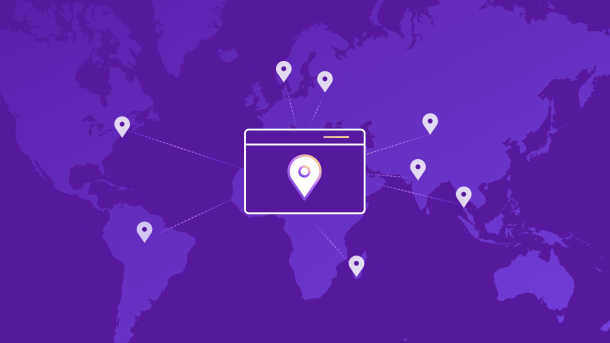Smartling (smartling.com), the cloud-based enterprise translation management company, today announced an open source linguistic plurals library for internationalization and localization (i18n), allowing Objective-C developers to seamlessly integrate plural strings into Apple iOS applications. Any developer translating and localizing its content on iOS can use this library to deal with the nuances of plurals in all the languages they want to support. Along with the plurals library, Smartling developed a Step-by-Step Guide.
In English, plural rules are quite simple: a noun is singular if the number is 1; otherwise it’s plural. In other languages, plurals are much more complicated: Russian has four plural forms; Arabic has six forms, while written Chinese does not use the concept of plurals at all. Linguistic plurals are a key part of creating high-quality, multilingual apps in relevant, authentic natural language. Apple’s platform does not provide a standard way to support the different number of translations that might be required for various languages.
“Our customers asked for a better solution for handling linguistic plurals on iOS, so we decided to build one,” said Andrey Akselrod, CTO, Smartling, Inc. “When we saw that this solution would benefit all Objective-C developers, we elected to make it open source.”
The i18n plurals library allows for easy migration of existing applications to iOS, tackling complex plural formats that were not previously addressed.
Understanding plurals of target languages is not required on the Smartling Translation Management System (TMS). The platform automatically recognizes and highlights each plural form that needs to be translated, ensuring the correct forms are in the translated file. The Smartling API automates the upload and download of iOS string files, along with many other formats.
Smartling is dedicated to simplifying the translation and localization process and advancing the industry with its cloud-based enterprise platform. The Smartling Translation Management System gives customers real-time visibility into and greater control over their translation projects and makes worldwide deployment of translated content faster, easier and more accurate.


.jpg)


